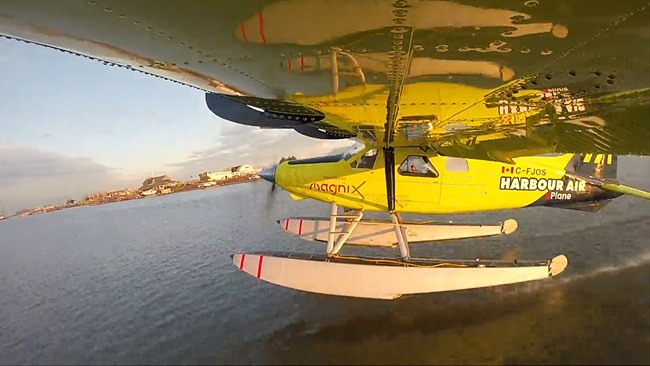All of the lightest jets in production use inflatable leading-edge boots for wing and stabilizer ice protection. The smaller engines on these jets do not produce enough spare hot bleed air to feed a “hot wing” system that is common on larger jets, so boots it is. Used properly, boots are a capable deicing system, able to quickly and repeatedly remove ice accumulations.
Optimal techniques for deice-boot operation are not without controversy, however. For decades, it was standard practice written into aircraft flight manuals (AFMs) to delay activating boots until one-quarter to one-half inch of ice accretion was observed. The delay in activation was to avoid inducing a feared phenomenon called ice bridging.
Immortalized in Ernest K. Gann’s classic book Fate is the Hunter, ice bridging is caused when slow boot inflation pushes a very thin layer of relatively flexible ice into a half-tube shape ahead of the boot. As the boot retracts, the ice remains in place and hardens—just beyond reach of the next inflation cycle. The result is ever-accumulating ice that has “bridged” the span of the boot and cannot be shed.
While this phenomenon certainly sounds frightening, it’s been determined to simply not be a risk to modern turbine aircraft. The high-pressure air available from the bleed system is able to rapidly inflate the boots, fracturing even the thinnest ice. Despite the different characteristics of modern boot systems, the conventional wisdom that early boot inflation would lead to ice bridging persisted, and delayed activation was standard practice for decades.
After several high-profile accidents caused by very small amounts of ice accumulation the NTSB released a safety alert, SA-014, in 2008. The SA points out that the NTSB knows of no cases where ice bridging was causal in an incident or accident, although it has seen numerous accidents caused by delayed activation of boots. The NTSB points out that as little as one-quarter inch of ice accumulation on the wing leading edge has led to sudden departure from controlled flight on approach, and can increase stall speed by up to 40 knots. The SA recommends that deice boots be activated as soon as icing is encountered, unless the manufacturer’s written guidance in the AFM or POH directs otherwise.
There has been some resistance to the new guidance on boot activation, particularly from longtime turbine pilots who swear they’ve encountered ice bridging. The NTSB counters that what pilots are actually seeing is “inter-cycle” ice that, while not completely shed, is not at all related to ice bridging. Extensive wind-tunnel testing has shown that deice boots are as effective at shedding ice when activated at the first sign of accretion as when activated after one-quarter inch of ice had accumulated.
As a result of the new thinking on boot activation, all boot-equipped light jets in production now require proactive activation of surface deice before ice accumulation. Most require system activation based only on temperature and the presence of visible moisture, and do not require the pilot to observe ice accretion. As small ice accumulations can be nearly impossible to detect—yet extract as significant an aerodynamic penalty as a much larger accumulation—this represents the best strategy to protect airplanes from unexpected ice.
Neil Singer is a Master CFI with more than 7,200 hours in 15 years of flying.


